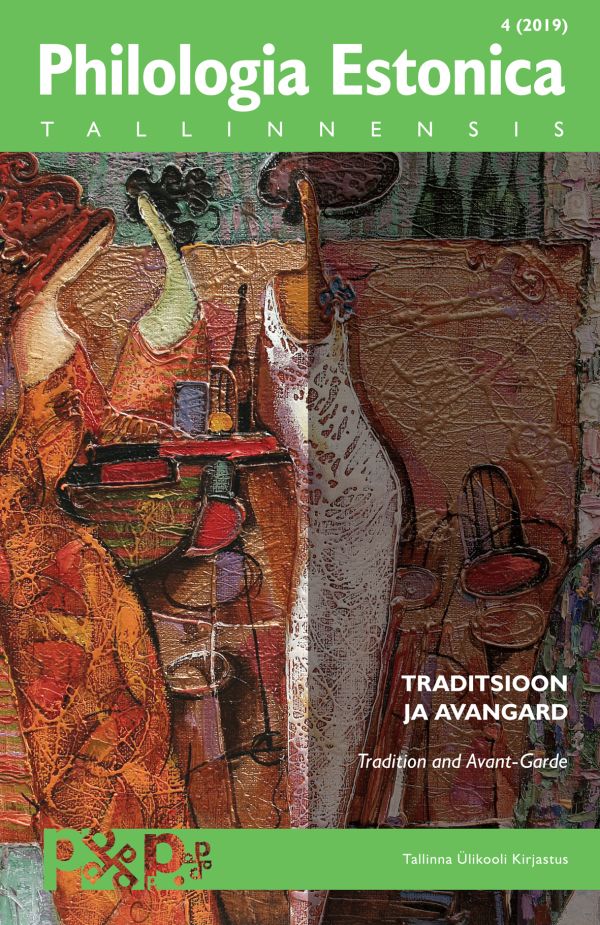García Márqueze „Patriarhi sügis“ traditsiooni ja uuenduse vahel
THE AUTUMN OF THE PATRIARCH BY GARCÍA MÁRQUEZ − BETWEEN TRADITION AND MODERNITY
Author(s): Merilin KottaSubject(s): Comparative Study of Literature
Published by: Tallinna Ülikooli Kirjastus
Keywords: dictator novel; Latin American new historical novel; repetition; literature in Spanish language;
Summary/Abstract: As a social-protest genre of literature, the Latin American dictator novel has always created a rupture of the discourse that legitimizes an antidemocratic regime or otherwise denies its antidemocratic character. When García Márquez published The Autumn of the Patriarch (written between 1958 and 1975), the tradition of pondering literarily on dictatorships was more than 120 years old. However, it was due to the fact that, in a short time, The Recourse to the Method by Carpentier and I, the Supreme by Roa Bastos also appeared, that researchers started to consider it worthy of study as a genre. That research continues into the present day. As an example of the experimental protest literature of the 1970s, The Autumn of the Patriarch blurs the lines between prose and poetry, delving into the unreliable discourse around a dead despot and his power. First, this article specifies the place of the novel within the literary tradition, taking into account the development of the dictator novel and the Latin American new historical novel, as well as intertextuality. Next, the article, working from the essay Children of the Mire. Modern Poetry from Romanticism to the Avant-Garde (1974) by Octavio Paz, focuses on the question of how the repetition of words and situations helps us to understand the relationship between tradition and modernity in Márquez’s book. The repetitions bring prose closer to poetry and oral communication, and refer to continuity, regularity, identity and tradition. However, paradoxically, when the context of these repetitions changes, we are led to a criticism of immutability and of any kind of absolute truth. In the end, the question asked again and again in the book is: Between lies and beliefs, where is the truth to be found?
Journal: Philologia Estonica Tallinnensis
- Issue Year: 4/2019
- Issue No: 1
- Page Range: 120-142
- Page Count: 23
- Language: Estonian

